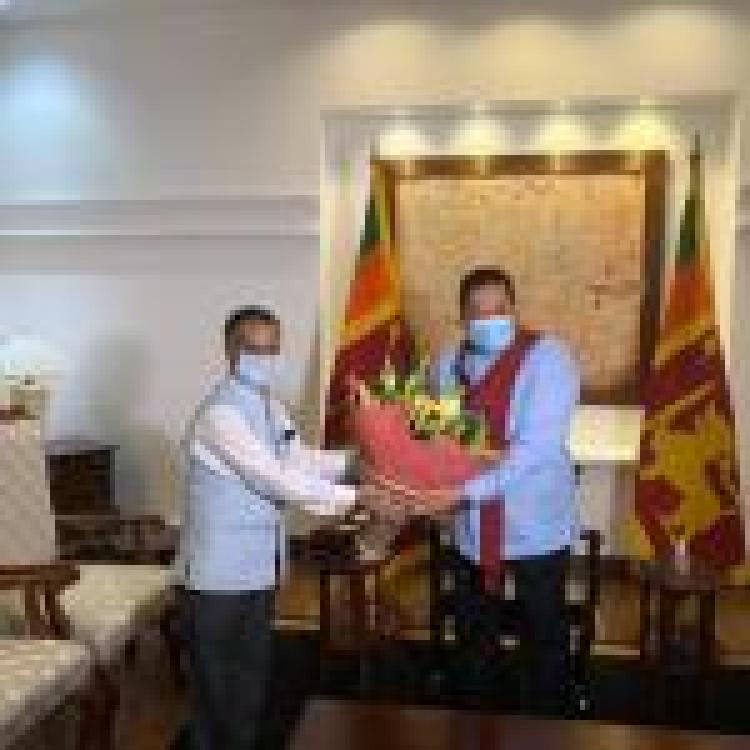
Sri Lankan President, Gotabaya Rajapaksa, has caved to Indian demands over the development of the Eastern Container Terminal (ECT) at Colombo harbour.
This follows a visit by India’s External Affairs Minister, Subrahmanyam Jaishankar, who is reported to have laid down “unequivocal terms” for the ECT. The agreement reached enables Sri Lanka to retain a 51% stake whilst the Adani Group, an Indian business with ties to Indian Prime Minister Narendra Modi, will hold 49%.
Indio-phobia
Rajapaksa’s response has been met with a harsh backlash by Sinhala Buddhist monks who claim that this would lead to Indian invasion of Sri Lanka and for the country to become a failed state. He had come to power in 2019 on an ultra-nationalist ticket and consequently rejected the agreement negotiated by the previous administration for the ECT through concessionary loans from Japan and India. These loans totalled $690 million dollars and a second multimillion-dollar Japanese funded infrastructure project was also scrapped by the Rajapaksa administration.
Sri Lanka’s reluctance to align with India and their strong relationship with China follows the Foreign Secretary insisted that the country does not want to be caught up in a “power game”. Despite this claim, China investments in Sri Lanka been steadily increasing since the 1970s with the country owing $6 billion dollars of debt to China as of July 2020. Colombo itself also has the International Container Terminal, a $500 million project built by the Chinese, and one in which the Chinese maintain an 85% stake whilst the state-run Sri Lanka Ports Authority holds only 15%. This terminal was commissioned in 2013.
Ram Manikkalingam, a visiting political science professor at the University of Amsterdam, has warned that Sri Lanka will have “a domestic political price to pay as China is suffering adverse publicity due to what many consider predatory investments and loans, and an international price as Delhi openly aligns with the U.S., Japan and Australia”.
U.S. Ambassador Alaina B. Teplitz has commented on the ECT maintain that the involvement of an Indian company was “essential for Sri Lanka’s maritime future”.
Pankaj Kumar Jha, professor of defence and strategic studies at the New Delhi-based O.P. Jindal, has stated that India is taking action having felt that they “have ceded too much strategic space to China [resulting in] China building bases and at times stationing its naval vessels for a longer time in those ports [of Sri Lanka and the Maldives]."
Dire economic straits
Sri Lanka is currently saddled with $51.6 billion dollars in foreign debt as of September 2020 whilst the ability to service the debt stands at only $4 billion annually through 2024. The country’s federal reserves have also shrunk from $7.6 billion as of December 2019 to $5.5 billion as of November 2020. The current administration has turned to India to request a $1 billion currency swap and $1 billion debt moratorium.
Marwaan Macan-Markar, Asian regional correspondent for Nikkei Asian notes that beyond the Colombo harbour “where 70% of the transhipment cargo is linked to India”, India also holds a strong interest in Trincomalee harbour, in the North East, “which is the world's second-deepest natural harbour”.
Read more from Nikkei Asian.




